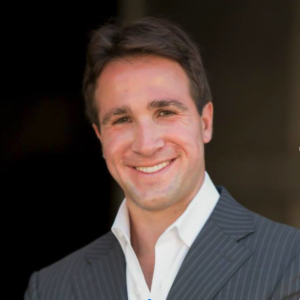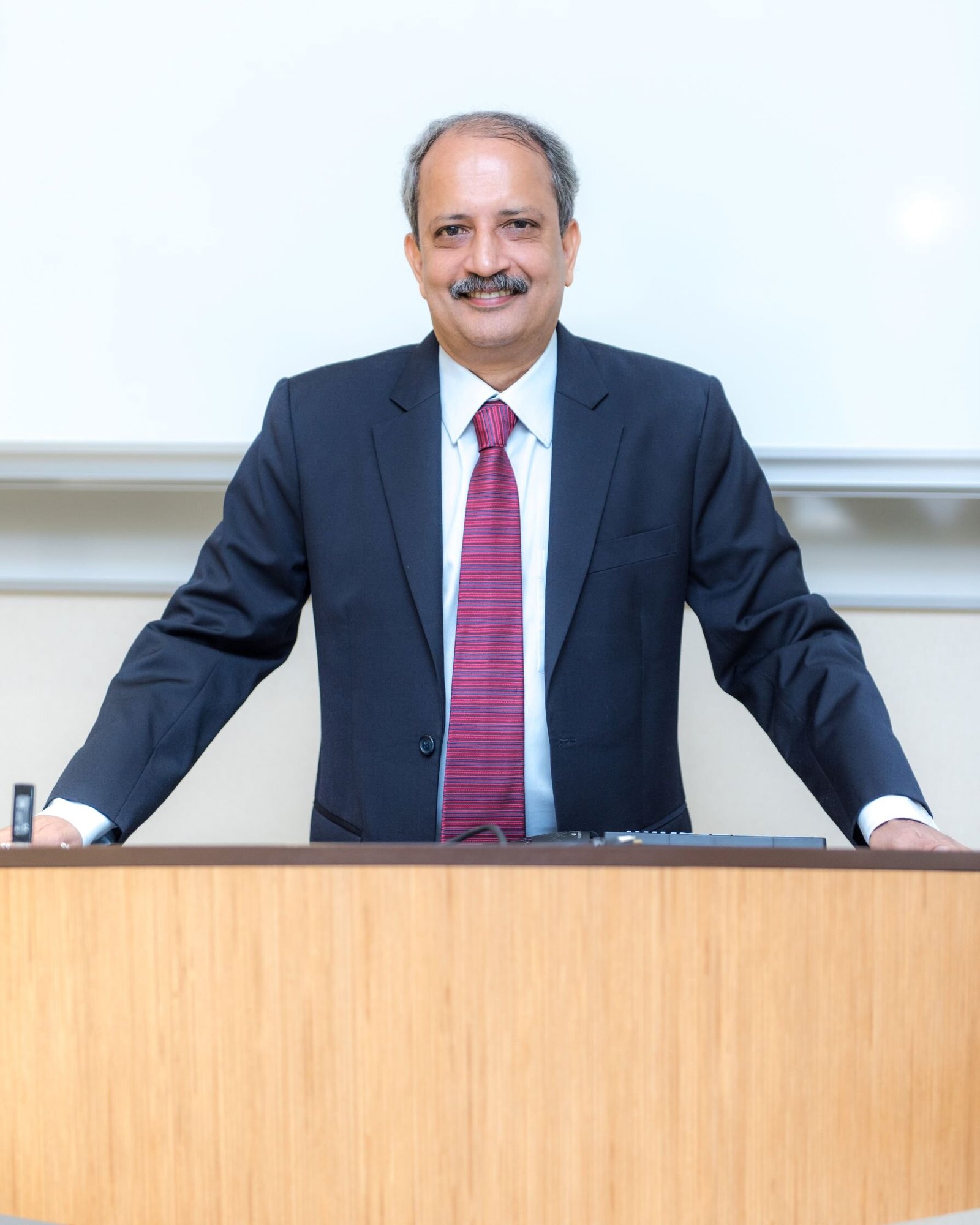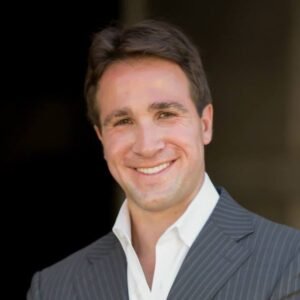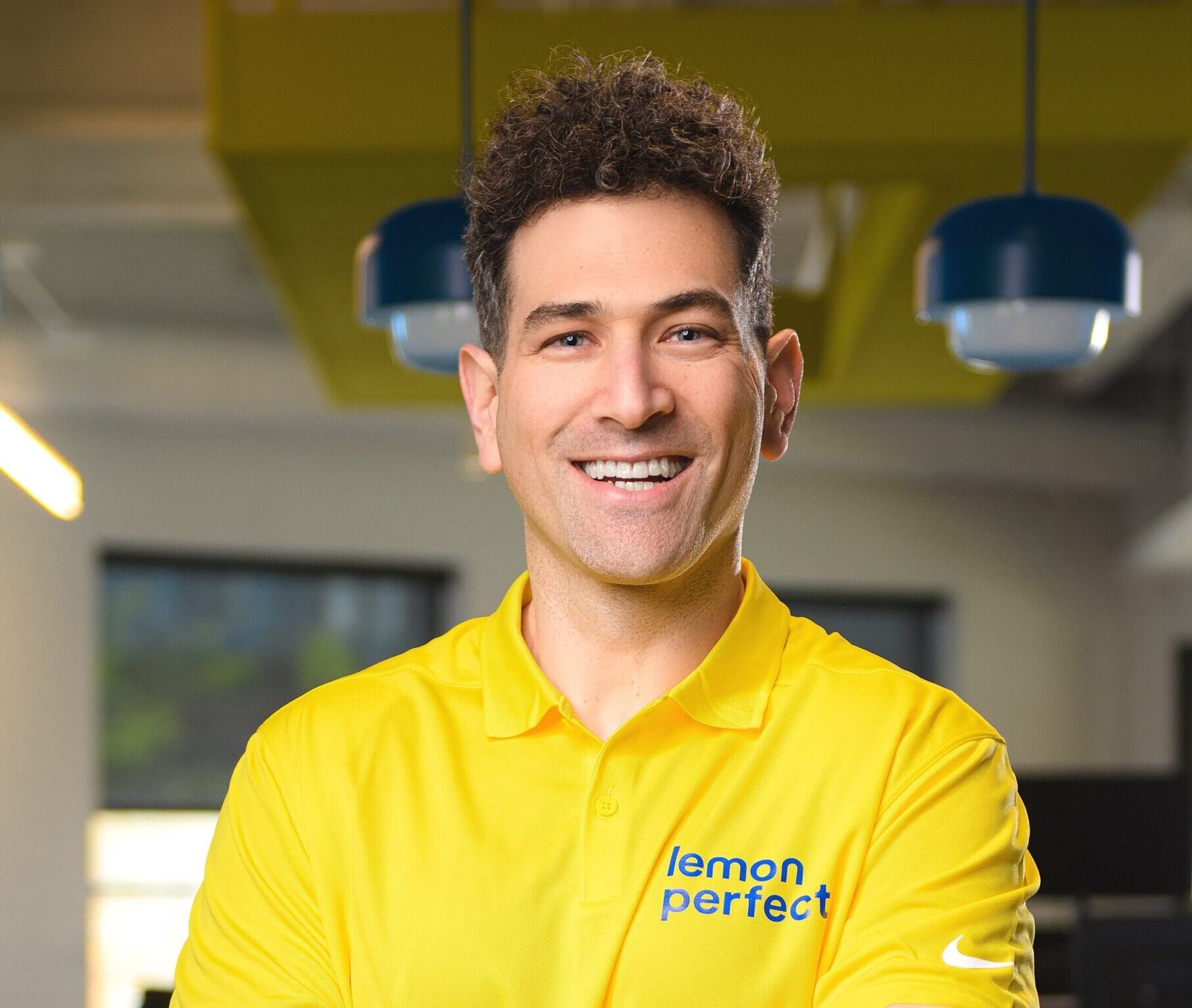I recently went one on one with Paddy Padmanabhan, the Unilever Chaired Professor of Marketing and Academic Director of the Emerging Markets Institute at INSEAD. Paddy is also the co-author of the new book THE PHOENIX ENCOUNTER METHOD: Lead Like Your Business is on Fire.
Prior to joining INSEAD, Paddy was on the business school faculty at Stanford and Washington University and was a Visiting Professor at the Wharton School of Business and Kellogg Graduate School of Management. Paddy’s research has received numerous awards, including recognition as one of the Ten Most Influential Papers in Management Science’s First Fifty Years (1954-2004) of publication. Paddy has consulted, served as expert witness and created Executive Education courses for companies ranging from multinationals (e.g., Hewlett-Packard, Nokia, Anheuser-Busch, Lufthansa, Target, Johnson & Johnson, Syngenta, OCBC, Westpac, etc.) to start-ups (e.g., Engage, Tyfone, Overstone, Eruditus, Mindseed, Str8bat, etc.) across N. America, Europe, Asia and Oceania.
Adam: Thanks again for taking the time to share your advice. First things first, though, I am sure readers would love to learn more about you. How did you get here? What experiences, failures, setbacks or challenges have been most instrumental to your growth?
Paddy: My kids like to make fun of me saying I started school at the age of four and have never got out of it since! I love being an academic for many reasons.
-
Like everyone, I have had my ups and downs. The worst was losing my first wife to cancer and having to raise two kids, a 7-year-old girl and a few months old boy. But, life also opens some new doors and I was fortunate enough that I have been able to create a wonderful second life. It has taught me an invaluable lesson – there will be ups and downs in all parts of our journey, but the folks who come out well are the ones who are optimists – tomorrow can be better than today, if you are willing to keep going at it.
Adam: For those who have not yet read your book, what is the Phoenix Encounter Method and why do you believe leaders should embrace the Phoenix Attitude?
Paddy: The Phoenix Encounter is a new method of strategic debate for leaders who recognize that disruption can come from anywhere and can happen at any time. It bridges the gap between perceiving threats and opportunities and developing a blueprint to tackle them. It lays out a specific step-by-step method that allows leaders to throw themselves and their organization into firestorm changes and emerge Phoenix-like—with a new attitude and customized plans for renewal and transformation. It allows them to create their own map to thrive in an increasingly complex and volatile world.
We created the Phoenix Encounter Method in response to leaders across legacy and start-up organizations who recognize that they are caught in a landscape of accelerating disruption. Many have some ideas on what they might do about it, but don’t know how to get to where they need to go. They feel unable to think clearly amidst the devastation unleashed by new technologies, platform-based business models, social media, emerging markets, demographic shifts, and new world orders. As one participant CEO said in an encounter session which ran last year, “I have been putting on a brave face, but to be honest…I don’t even know what I don’t know.”
Our field research shows that 80% of executives fall into one or more of the following four segments of strategic leadership thinking: the complacent, the arrogant, the cautious and the overwhelmed. These types find handling or imagining disruption very difficult because they are stuck in the old traps of thinking and action that were encouraged and rewarded in their organizations. The unfortunate reality for these leaders is that they need to turn their mindsets and behaviors away from confirmation seeking and towards contradiction seeking.
This is the hallmark of the fifth category of leaders we have seen in our research whom we call the dreamers and the doers. They are neither overzealous imagineers nor obsessive micromanagers. They are willing to envision a future where change is a constant and they know they do not have all the answers. They are explorers and navigators who are forward thinking, find uncertainty stimulating and outside viewpoints exciting. These are the leaders with the Phoenix Attitude.
Adam: In your experience, what are the defining qualities of an effective leader?
Paddy: The Phoenix leader makes sure that the organization has what it needs in terms people who can (1) deliver sustained excellence at the core – these are the doers who excel at continuous improvements, operational efficiencies and disciplined execution, and (2) generate the options menu and nurture the breakthrough innovations for organizational renewal transformation – these are the dreamers who are comfortably at home with scanning, experimentation, risk-taking, discovery and curiosity. Left to themselves, the dreamers and doers have fundamentally opposite default positions, and each can fail to appreciate what the other brings to the table. The defining quality of a Phoenix leader is to create a structured environment that allows the doers and dreamers to feed off each other and create a virtuous cycle of feedback and reinforcement.
A vivid illustration of this is the evolution of Steve Jobs leadership over the course of his two stints at Apple. Before his first stint ended in 1985, he exemplified the worst traits of the arrogant know-it-all leader. He lionized those who worked on next generation Apple products as the artists while dismissing those who worked on the legacy Apple franchise products as bozos. The Jobs who returned 12 years later to Apple was a very different leader. He had learned how critical it was for him as a leader and for Apple as a business to nurture both the dreamers (Jony Ive and his artists) and the doers (Tim Cook and his army).
Adam: How can leaders and aspiring leaders take their leadership skills to the next level?
Our work shows that one of the biggest blockers stopping leaders from getting to the next level is what we call the “legacy trap”, a focus on replicating past successes, improving the performance of existing components, and defending the existing space. Even when these leaders and their firm see a small disruption in the market, they tend to ignore it or dismiss it, arguing that the market segment is very small or of no strategic importance, or that responding to disruption would cannibalize parts of their business
We argue that leaders who want to take their leadership skills to the next level need to take their mindsets, habit and behaviors from confirmation seeking to contradiction seeking. This is a defining characteristic of the Dreamer and Doer leader who sees disruption not as a threat but as a pathway to renewal and transformation.
Getting to that next level requires constant practice of the frameworks and tools of the Phoenix Encounter Method. While the book takes readers through all of these in detail, we would like to highlight one of the central tools – the “completely opposite viewpoints debate” – which is about orchestrating a new kind of strategic debate that starts with a very simple but extremely uncomfortable question, “what could somebody, somewhere in the world do to put together what it would take to kill our business”.
As Shigetaka Komori, CEO Fujifilm who took it to all-time highs in 2020 unlike its perennial rival Kodak who filed for bankruptcy, observed, “If the goal was simple survival, many things could be done…but I wanted Fujifilm to be a leading player in the 21st century”. His words when he assumed the CEO job in 2000 to his staff was, “In our present situation, we are Toyota if cars were to disappear. We have no choice but to confront it, and confront it head on”. Or as Jeff Bezos directed Steve Kessel (then head of its traditional media business – books, music, DVDs), “Your job is to kill your own business. I want you to proceed as if your goal is to put everyone selling physical books out of a job”.
Adam: What is your best advice on leading, building and managing teams?
Paddy: I am not an expert in this domain, but I will tell you want I have learnt from talking to people and observing leaders. Organizational change is hard and very hard to create individually. In other words, the ability to build, lead and manage teams is critical. However, getting teams and organizations to change is complex. It is less about changing behaviors, it is more about changing beliefs and mindsets. So while there is lot of very good advise on what should be done to manage the process of change, I think the leaders who have managed to accomplish change are those who took the teams they were given, nipped and tweaked it to the extent they could, created a plan that made sense, lead through behavior and shared their learnings – warts and all, and most importantly, gave the team the feeling that it was they who would make the difference between success and failure – the leader’s role was about creating the garden that could inspire growth and change.
This is best exemplified in the following quote from Vannevar Bush, leader of the Office of Scientific Research and Development (OSRD) who revitalized the Allied military effort in World War II after their initial losses by bringing together the generals in the military with scientists, engineers and inventors at labs and universities. “I made no technical contribution whatever to the war effort. Not a single idea of mine amounted to shucks. A times, I was called an atomic scientist. It would be fully as accurate to call me a child psychologist”.
Adam: What is the single best piece of advice you have ever received?
Paddy: My ph.d. advisor’s words were very simple, “the day you stop learning is that day you need to stop going to school”.









